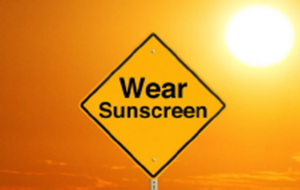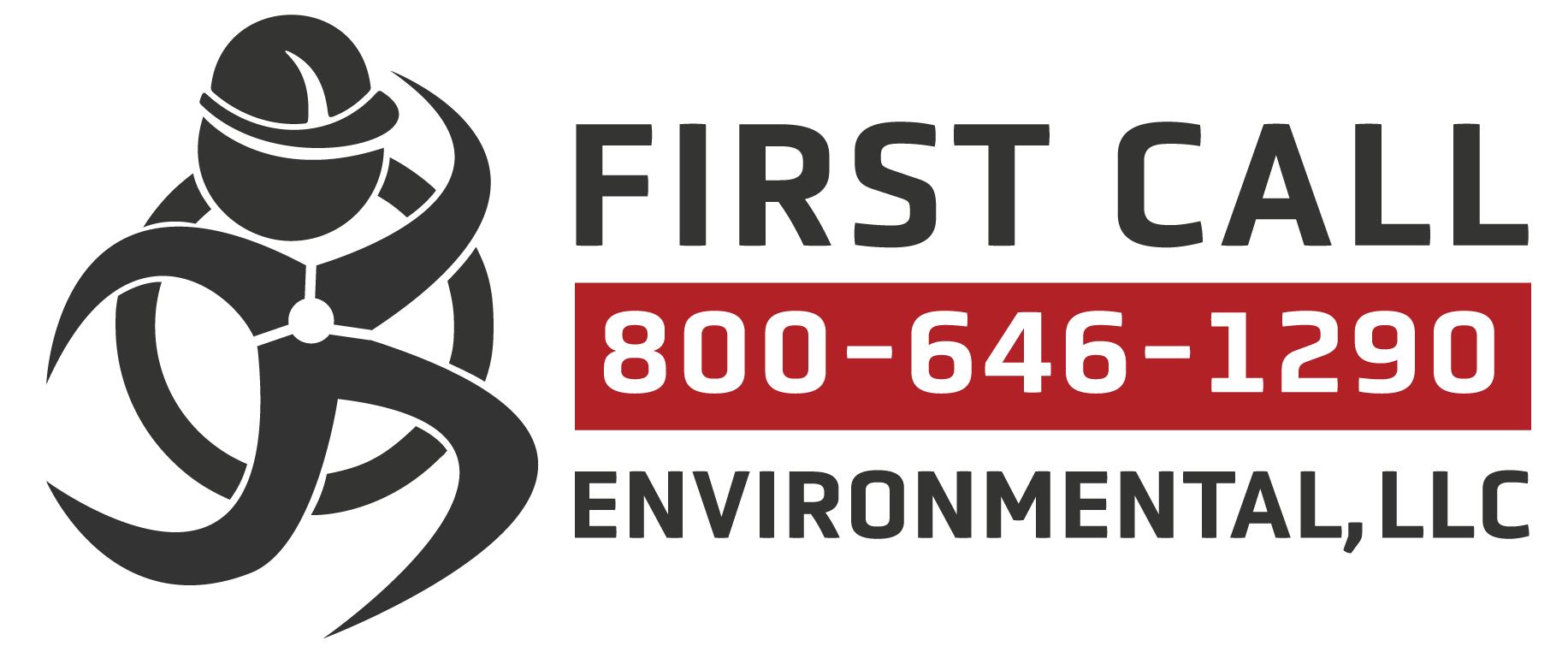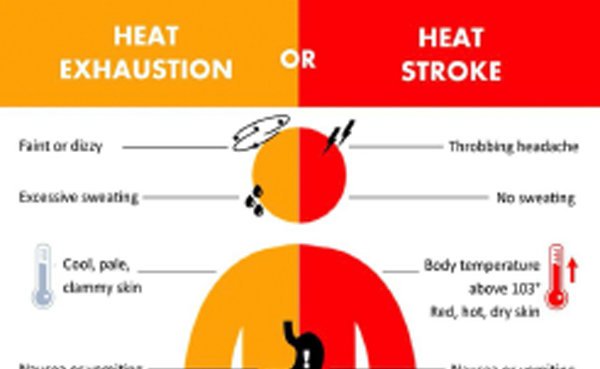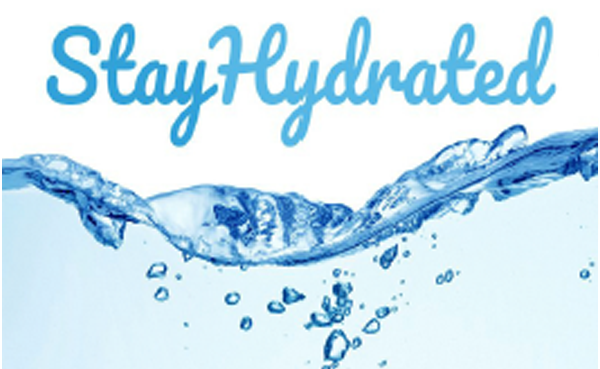 Stay Safe in the Sun
Stay Safe in the Sun
Sun damage to the body is caused by invisible ultraviolet (UV) radiation. Sunburn is a type of skin damage caused by the sun. Tanning is also a sign of the skin reacting to potentially damaging UV radiation by producing additional pigmentation that provides it with some, but often not enough, protection against sunburn.
Spending time in the sun increases your risk of skin cancer and early skin aging. People of all skin colors are at risk for this damage. You can reduce your risk by:
- Limiting your time in the sun, especially between 10 a.m. and 2 p.m., when the sun’s rays are most intense.
- Wearing clothing to cover skin exposed to the sun, such as long-sleeve shirts, pants, sunglasses, and broad-brim hats. Sun-protective clothing is now available.
- Using broad spectrum sunscreens with a SPF value of 15 or higher regularly and as directed.
In general, the FDA recommends that you use broad spectrum sunscreen with an SPF of 15 or higher, even on cloudy days.
- Apply sunscreen liberally to all uncovered skin, especially your nose, ears, neck, hands, feet, and lips.
- Reapply at least every two hours. Apply more often if you’re swimming or sweating.
- If you don’t have much hair, apply sunscreen to the top of your head or wear a hat.
- No sunscreen completely blocks UV radiation. So other protections are needed, such as protective clothing, sunglasses, and staying in the shade.
- No sunscreen is waterproof.
Sunscreen is available as lotions, creams, sticks, gels, oils, butters, pastes, and sprays.
Protect Your Eyes with Sunglasses
Sunlight reflecting off sand, water, or even pavement further increases exposure to UV radiation and increases your risk of developing eye problems.
- Choose sunglasses with a UV400 rating or “100% UV protection” on the label. These sunglasses block more than 99% of UVA and UVB radiation and provide the most protection against UV rays.
- Do not mistake dark-tinted sunglasses as having UV protection. The darkness of the lens does not indicate its ability to shield your eyes from UV rays. Many sunglasses with light-colored tints – such as green, amber, red, and gray – can offer the same UV protection as very dark lenses.
- If you need to wear Safety glasses ensure that the safety glasses are rated.
- Check to see if your tinted glasses have UV protection. If you are unsure, your eye care professional may be able to check for you. When you wear tinted glasses, your pupils dilate and can increase exposure of your retinas to UV light. Without UV protection, you are putting yourself at risk to harmful effects associated with solar radiation.
- Consider large, wraparound-style frames, which may provide more UV protection because they cover the entire eye socket.
- Know that pricier sunglasses don’t ensure greater UV protection.
- Even when you wear sunglasses, wearing a wide-brim hat and sunscreen can help further protect you from sun exposure.
Sun Safety – Follow the 5-S approach.
SLIP– Slip on sun protective clothing, long sleeves
SLOP – Slop on SPF30 or higher Sunscreen
SLAP – Slap on a hat
SLIDE – Slide on some Sunglasses
SHADE – Seek Shade
First Call Environmental operates outside in the sun and heat. We would like to take the time to remind you to protect yourself, wear sun screen, keep hydrated, take frequent breaks and be on the lookout for heat related illnesses.
Heat-related illnesses
July, summery weather and heat-related illnesses. It’s a safety issue that is often overlooked until it’s too late. Heat exhaustion can progress to heat stroke if left unattended, and heat stroke can be fatal.
What symptoms to look out for. Heat exhaustion symptoms can seem fairly common when working in the heat: excessive thirst, moist cool skin, fatigue, headache, weakness, fainting or dizziness, muscle cramps, and nausea. To treat these symptoms, workers should be taken to a cool area and given cold liquids to drink. Wet cloths should also be placed on their forehead and around the back of their neck.
If heat exhaustion progresses to heat stroke, the symptoms become slurred speech, confusion or disorientation, agitation, rapid pulse, seizure, hallucinations, dry but hot skin, and loss of consciousness. When heat stroke is suspected, you need to call 911 immediately. Symptoms can come on without warning so it’s imperative that you act fast.
When talking about heat-related illnesses, start by talking about prevention. Encourage workers to increase their fluid intake by giving regular water breaks. Another important element is appropriate clothing and sunscreen and revisit this topic again to make sure employees maintain their training.
July 31—it’s National Heat Stroke Prevention Day.
Your first step is to drink water multiple times throughout the day. It is recommended that men drink 13 cups of water, women drink nine cups of water, children and teens drink six to eight cups of fluids daily. While exercising, it is recommended that you drink eight ounces of water every 15 minutes and 16 to 24 ounces after exercise. You can also get water from fresh fruits and vegetables, so it is ideal to eat a good portion of them daily. A good rule of thumb to remember is that you should intake about one to three cups of fruits and vegetables a day.
Staying hydrated maximizes your overall physical performance. Your body works best if you have enough fluids, whether it is for sports, work or normal activities. The moment you start to decrease your water intake is when your body starts to lose energy. People who participate in high levels of activity should carry enough water and fluids with electrolytes to drink before, during and after any intense exertion.
Have you ever had an uncomfortable muscle cramp, like a charley horse? If you have, the cause behind your discomfort can be dehydration. Your muscles and joints tense up without the right amount of fluid. The more water you drink, the better your muscles and joints respond to physical activity.
Studies show hydration plays a crucial role in how well the brain functions. Mild dehydration, ranging from 1%-3% water loss, causes issues with mood, concentration, headaches, memory, fatigue, anxiety and overall brain performance for people of all ages. Everyday activities can cause water loss, so many doctors recommend carrying a water bottle everywhere you go and starting your day with eight to 12 ounces of water.
Dehydration signs for healthy adults.
Warning signs:
- Fatigue
- Headache
- Dizziness
- Flushed skin
- Dry or sticky mouth
- Infrequent urination



